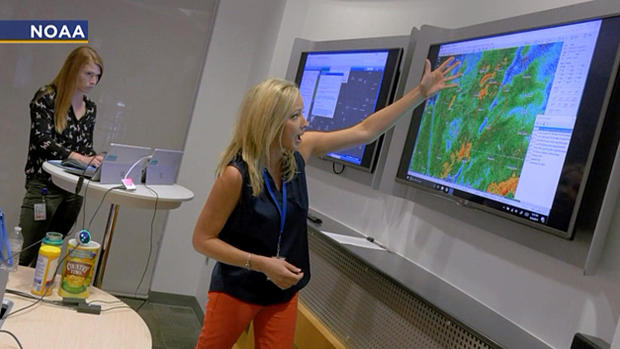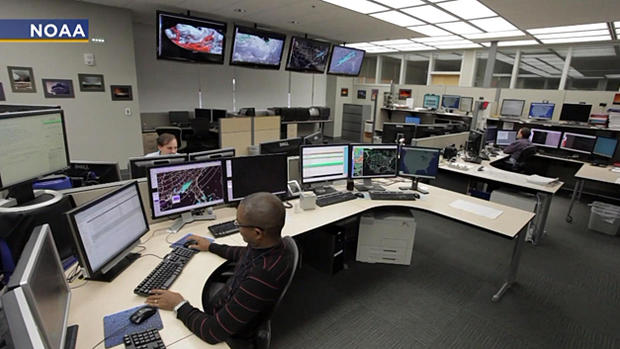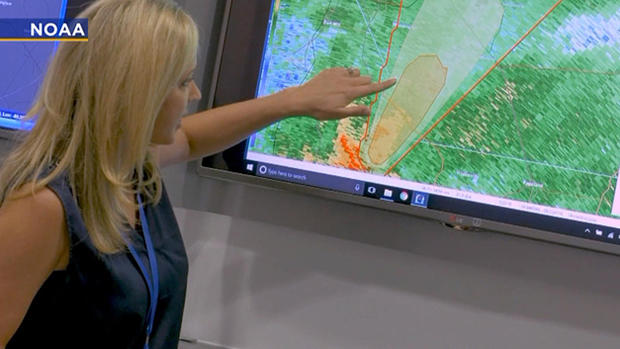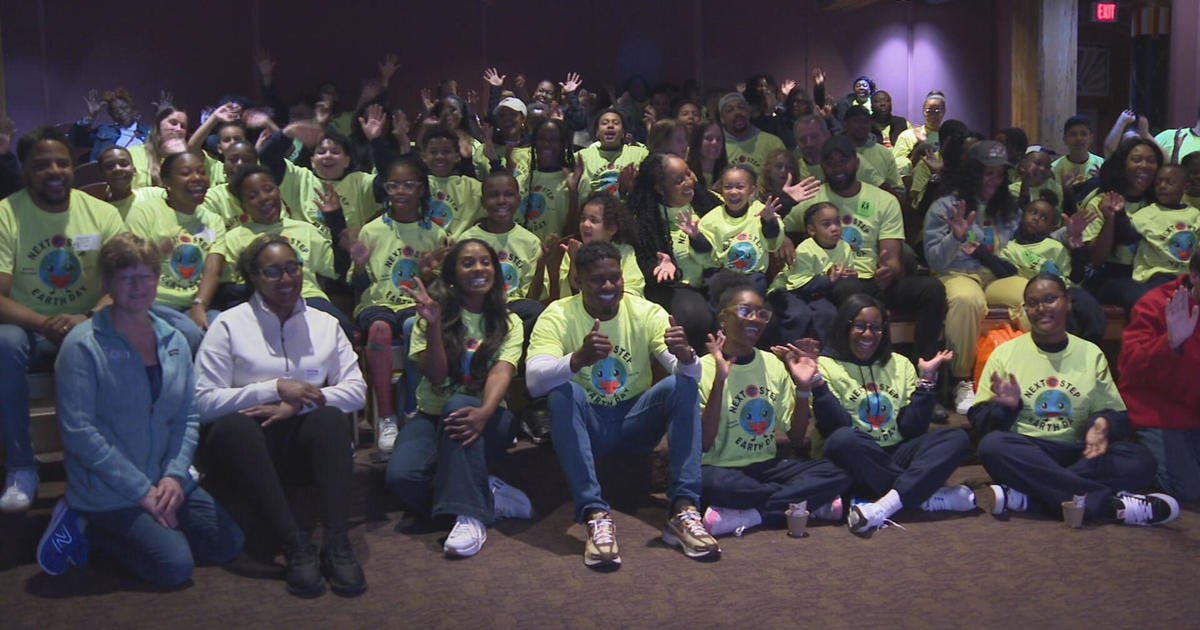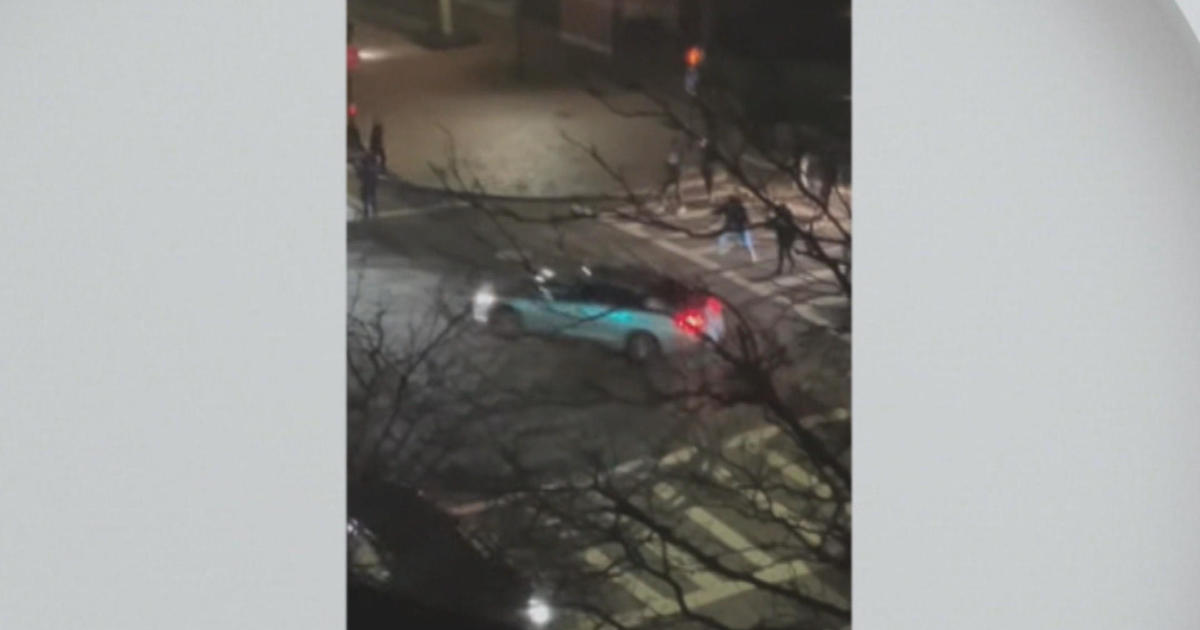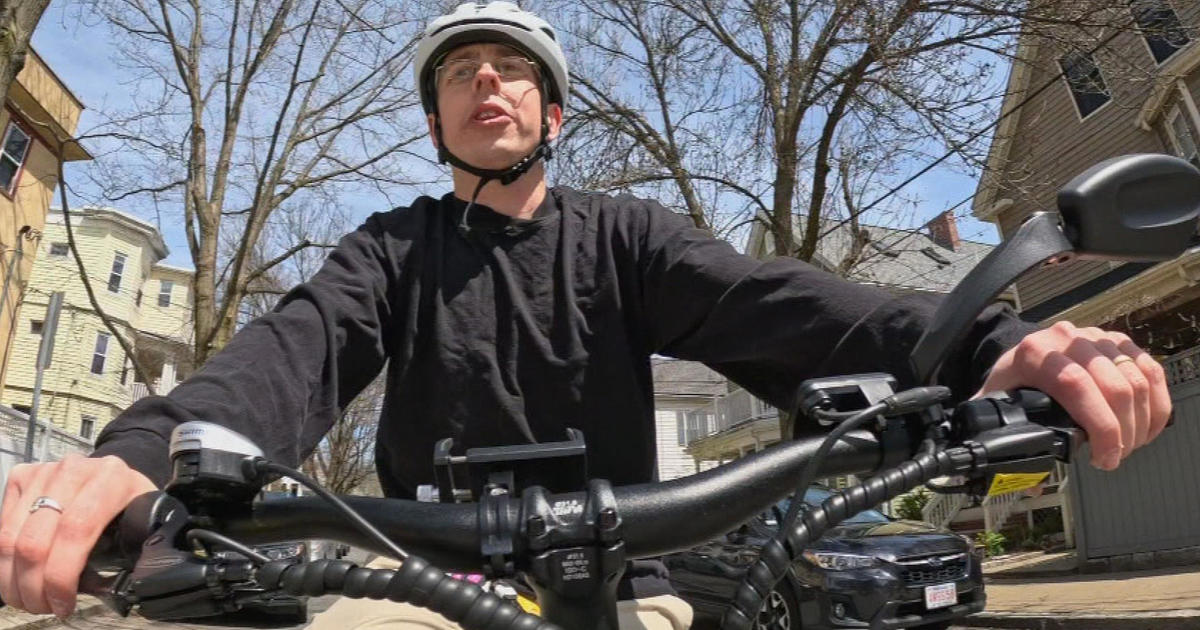New Severe Weather Warning System Provides 'Special Perspective'
BOSTON (CBS) – National Severe Storms Laboratory (NSSL) scientists in Oklahoma have developed a new warning system for severe weather and it could help us here in the northeast.
This project has now advanced to the research and testing phase.
WBZ-TV meteorologist Pamela Gardner wrote a short essay detailing why she should be chosen to go test the product and was honored to be chosen to join three National Weather Service meteorologists and two emergency managers from across the country to test it.
"One of our first northeastern meteorologists to come in and test this product. And so, every place is different," said Holly Obermeier, Research Meteorologist at NSSL & University of Oklahoma.
"Geography, population, how the station operates, and also just the weather in that kind of area. And we need that perspective. That special perspective. To be able to see, is that working with what we are creating here?"
Troy Kimmel, incident response meteorologist at the University of Texas in Austin said the new tool is helpful given the uncertainty of forecasting storms.
"We need to learn how to state certainty or uncertainty, given each weather situation. And what I have found with this tool, is it helps me be able to do that," Kimmel said.
Using the software, the team of six will do case studies and some live severe storm events. Everyone communicates with each other similar to the National Weather Service Chat, and this room is only open to a select few.
Gardner is in constant contact with the NWS forecaster, and it's her job to convey to the public important information during the warning or advisory.
For example, there is no simple watch versus warning. There could be a 30 percent chance of a tornado forming in this location.
This is the FACETS program. FACETs stands for "Forecasting A Continuum of Environmental Threats.
The program is used for wind, hail, tornadoes, and introducing a way to warn on lightning. There is also a capability of explaining how likely it is a storm may stay severe, or how probable it is for a tornado to hit a certain area.
"That's the idea of giving probabilistic information. So that people can receive that from their broadcast meteorologist Pamela, and others there at CBS Boston and be able to use that information to make a decision to protect their life and property," said Obermeier.
"Her input has made a huge difference for us here and it's very important. Very important part of the science and will trickle down and hopefully result in a warning system that will be better for everyone watching and everyone out there in Boston."
It will be a while before you see the FACETs program on WBZ-TV, possibly in the early 2020s. More testing and studies need to be conducted.
The end product will look a little different, but the concepts, research and science will stay the same.
